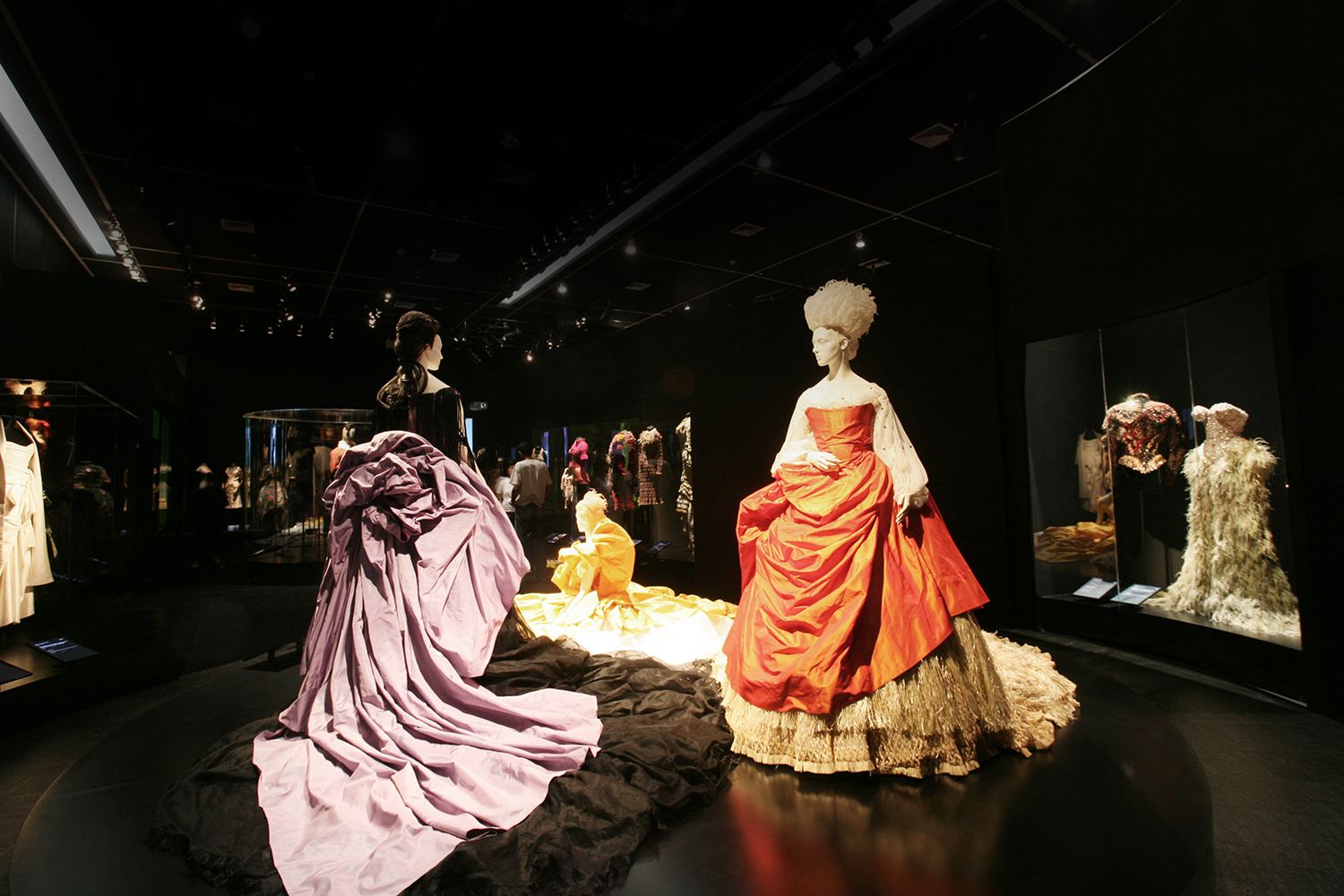Vivienne Westwood /
TCDC Bangkok
Some people adapt themselves to the world, while others adapt the world to themselves. The world goes round because of the latter group.
In 70s Britain, the economic recession led to highest unemployment rates since World War II. Working class youth came out of school to discover that they couldn’t find jobs or even opportunities. They felt alienated from their own country. They were tired of hippie culture, indifferent to “peace and love” slogans of the previous generation, and hated disco music. These rebellious young people rejected existing rules, while venting their frustration through punk—a type of fast, loud and aggressive rock music.
Vivienne Westwood, a disaffected working class girl, ran a clothing shop that introduced punk fashions such as ripped T-shirts with safety pins bearing anti-establishment slogans, studded leather jackets and fetish wear, as a way to express herself and build her own community in a British society so divided by class.
When punk was embraced by the mainstream, Westwood carried out extensive research into history and art. Instead of imitation, she parodied aristocratic beauty, converting Victorian crinolines into sexy but childish mini-skirts, and corsets into outerwear. Westwood’s unique creativity has taken her to the forefront of the international fashion industry.
A collaboration between Thailand Creative & Design Center and the Victoria & Albert Museum, the “Vivienne Westwood” exhibition reflects the evolution of her designs—from the outrageous punk rock style of the 70s, to the “neo-romantic” designs inspired by classical costumes during the 80s, and then the one-of-a-kind elegant style since the 90s to the present day, which has earned her world acclaim.






